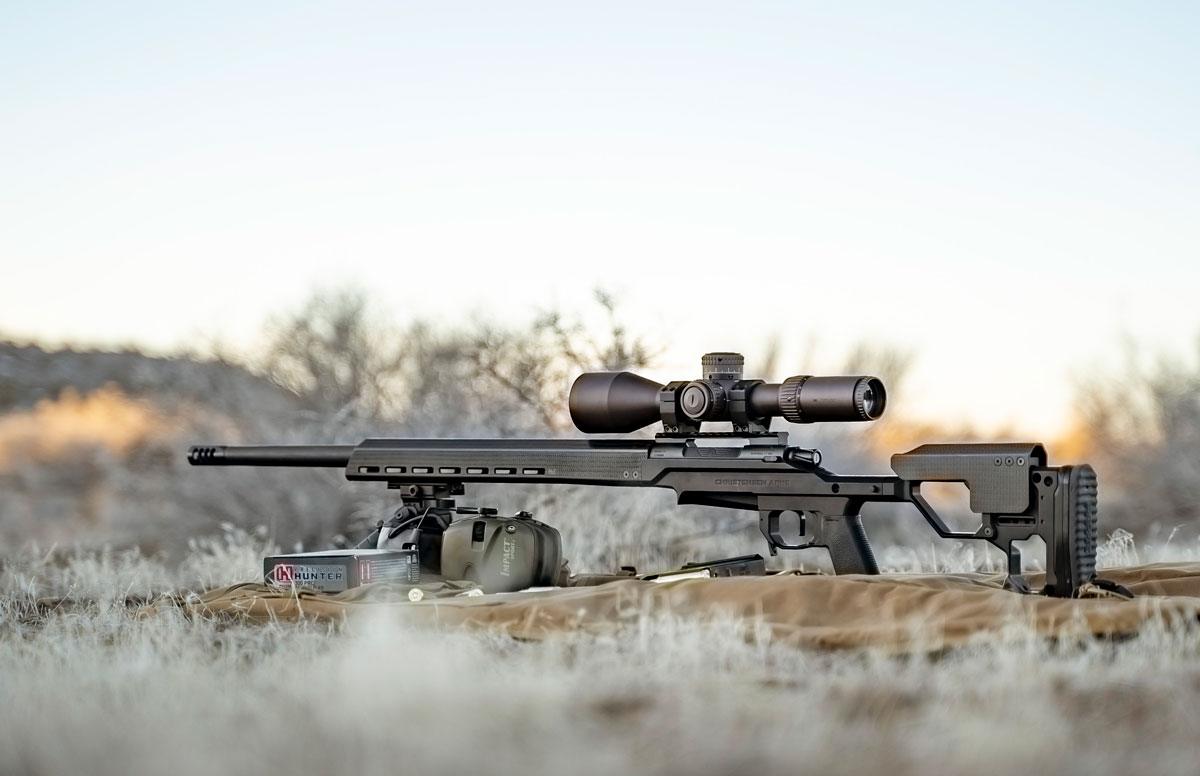clark33
Well-Known Member
Never said anything about accuracy. Either method would not be more or less accurate.. just different adjustment. Just put in .02 for what works for me based on the OP question. Wasn't trying to start a ****ing match with you... Calm down man, haha. I just can't wrap my head around setting your 'zero' at 100, just to re-set an adjusted zero to keep at 200... Does it really matter? no. Do what works for you, and stop "beating your head against the wall," worrying about what I do. I just like the K.I.S.S. Method in the field with a 200-yd zero.
Lol again, the reason for a 100 yard zero then dialing your walk around "field" zero when you're at your location is because that adjustment you make to get to 200 or 300 will vary day to day, location to location. Your 100 yard zero will not, at least not enough to notice or compound error over distance. Example. In Idaho this year with my 100ud zero it took .3 mils to get to 200, in Wyoming a month earlier it took .2 mils. Now that's not much, but if I just zeroed it at 200 where I live and then took off hunting it could potentially be .2 mils off or .4 mils off just based on different humidity, density altitude, temp etc. so if I'm starting off with a zero that's potentially .2 to whatever mils off, that error will compound when I dial at distance, potentially enough to make a poor shot. It's not rocket science, and zeroing at 100 would be the K.I.S.S. of all K.I.S.S.
IF you plan on dialing your elevation it's advised to zero at 100. If you prefer to zero at 200 or 300so you can hold center mass, great, but dialing past that at any substantial distance will be subject to error and god forbid a wounded animal.
Last edited:


